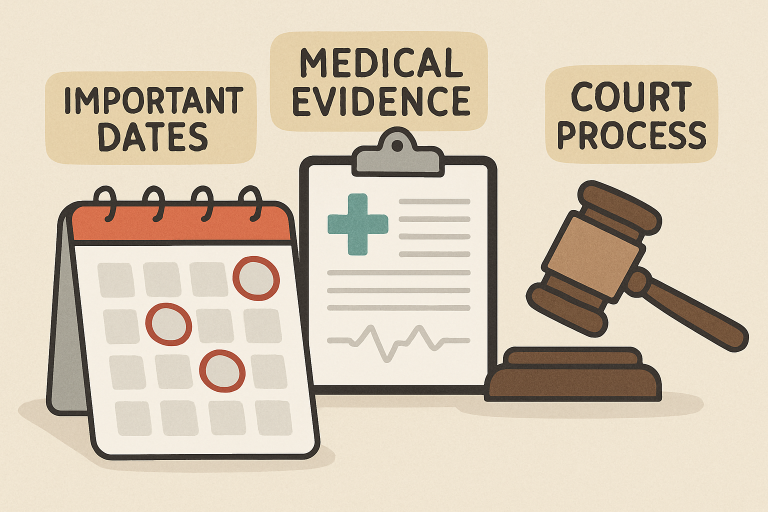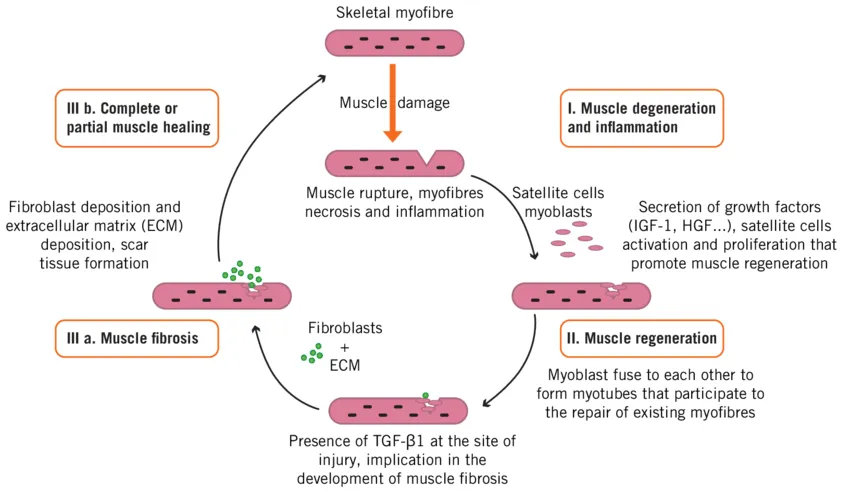Pursuing justice in medical malpractice and wrongful death claims often involves navigating a web of complex legal requirements. Even the most meritorious cases can be jeopardized by procedural errors or overlooked details. For families and individuals seeking compensation, especially in a wrongful death claim Tampa, FL, being aware of common legal missteps is crucial for preserving the right to obtain fair redress.
From strict filing deadlines and challenging evidentiary standards to state-specific regulations, the implications of these cases can last a lifetime. Avoiding pitfalls requires both diligence and a solid understanding of applicable laws and procedures. Considering the emotional weight that often accompanies these claims, having clear guidance on how to sidestep avoidable mistakes can make all the difference. Before launching a claim, it is essential to understand what can go wrong and how to mitigate risks proactively.
Missing the Statute of Limitations
One of the most common pitfalls in medical malpractice and wrongful death cases is the failure to file a lawsuit within the legally mandated timeframe. These deadlines, known as statutes of limitations, are unforgiving. Some states require claims to be filed within a year from the incident or discovery of harm. Once this window closes, courts generally refuse to hear the case, regardless of its merits. Families are often focused on recovery and grief, but acting quickly is essential. Statutes can vary widely, so seeking knowledgeable legal counsel immediately after harm is discovered is highly recommended.
Inadequate Expert Testimony
Medical malpractice claims almost always require expert witnesses to explain how healthcare providers deviated from accepted standards. Courts depend on this testimony to establish negligence and causation—without it, a case can unravel. The 1983 Washington State Supreme Court decision in Herskovits v. Group Health Cooperative highlighted the importance of credible, specialized testimony in quantifying damages and the lost opportunity for recovery. Therefore, retaining recognized medical experts who can clearly articulate deviations in care is essential from the outset.
Insufficient Documentation and Evidence
Thorough documentation forms the backbone of a strong medical malpractice or wrongful death claim. This includes hospital records, correspondence records, photographs, prescriptions, and statements from family members or eyewitnesses. Missing, falsified, or incomplete documents can severely weaken claims, making it challenging to demonstrate negligence or establish a timeline. Claimants should make a comprehensive effort to gather all available evidence—even details that may seem trivial at first could become pivotal as the case progresses.
Overlooking Jurisdictional Nuances
Laws concerning medical malpractice and wrongful death are not uniform across the United States. For instance, California enforces a well-known cap on non-economic damages, a limitation that has shaped countless settlements and verdicts and was recently amended by legislative reform. Jurisdictional differences can affect procedural requirements, damage caps, and even standards of proof. Understanding these nuances is critical for tailoring strategies and managing claimant expectations.
Failing to Establish Causation
To prevail in a medical malpractice or wrongful death lawsuit, one must prove that the alleged negligence caused actual harm or death. This requires a clear, direct connection between the healthcare provider’s actions (or omissions) and the patient’s outcome. Often, this means weaving together expert testimony and detailed documentary evidence. If there is any ambiguity, defense counsel will likely challenge causation, which could potentially lead to dismissal. For claimants, assembling the most straightforward possible narrative—with well-supported facts and impartial expert analysis—cannot be overstated.
Underestimating the Complexity of Damages
Determining damages involves more than simply adding up hospital bills. Calculations often include lost future wages, pain and suffering, emotional distress, and—where appropriate—punitive damages meant to punish egregious conduct. Mistakes in quantifying damages can result in claimants being undercompensated. Evaluating both the immediate and long-term effects of injury or loss is vital for an accurate claim. Engaging financial and economic experts can provide a rigorous assessment, ensuring that all losses — both tangible and intangible — are addressed.
Neglecting Pre-Litigation Requirements
Many states require specific steps before a plaintiff can file suit—such as submitting a notice of intent to the prospective defendant or obtaining a certificate of merit from a medical professional. These pre-litigation requirements are mandatory, and failure to comply can result in automatic dismissal. Each state has its own procedures and timelines, so consulting a lawyer well-versed in local rules is crucial for preserving the right to pursue compensation.
Conclusion
Medical malpractice and wrongful death claims are among the most challenging legal undertakings due to their emotional, factual, and procedural complexities. Avoiding common pitfalls—such as missed filing deadlines, insufficient documentation, inadequate expert support, and misunderstanding jurisdictional differences—gives claimants the best chance of fair recovery. Early, informed action and meticulous preparation lay the groundwork for a successful outcome, helping families move forward after suffering preventable harm.




Leave a Reply